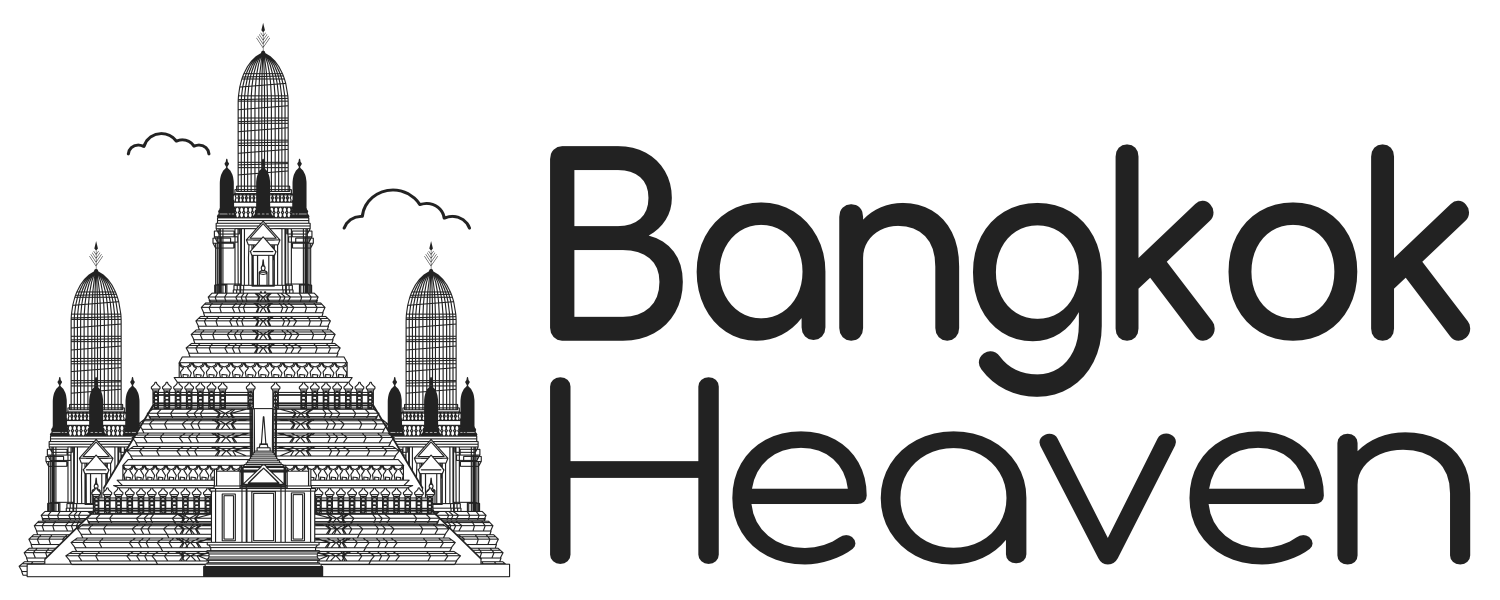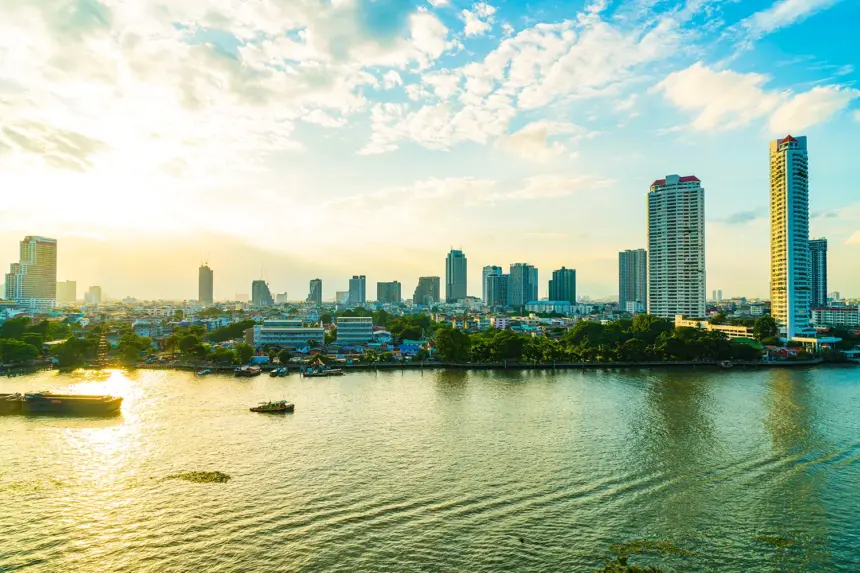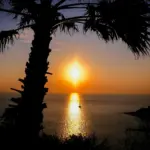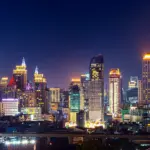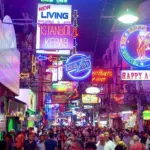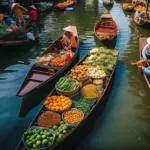The Chao Phraya River: The Lifeblood of Bangkok
The Chao Phraya River, often referred to as the “River of Kings“, is not just a waterway in Thailand‘s bustling capital, Bangkok; it is the lifeblood of the city. For centuries, the river has been a vital artery for trade, transportation, culture, and daily life. Winding through the heart of Bangkok, the Chao Phraya River has shaped the city’s history, development, and identity.
This article explores the historical significance, cultural importance, modern-day relevance, and attractions along the Chao Phraya River, showcasing why it remains one of Bangkok’s most iconic and beloved features.
Historical Significance of the Chao Phraya River
The Chao Phraya River has played a central role in the history of Thailand, particularly in the rise of Bangkok as the nation’s capital. The river originates in the northern region of Thailand, where it is formed by the confluence of four smaller rivers: the Ping, Wang, Yom, and Nan. It flows southward for approximately 372 kilometers (231 miles) before emptying into the Gulf of Thailand.
The Foundation of Bangkok
The importance of the Chao Phraya River can be traced back to the late 18th century when King Rama I, the founder of the Chakri Dynasty, established Bangkok as the new capital of Siam (now Thailand) in 1782. The river’s strategic location and navigability made it an ideal choice for the capital, providing easy access for trade and communication while also serving as a natural defense against potential invaders.
The decision to establish Bangkok along the Chao Phraya River marked the beginning of the city’s transformation into a major center of commerce and culture. The riverbanks quickly became lined with palaces, temples, markets, and homes, with life in the city revolving around the waterway.
The River as a Trade Route
Throughout the 19th and early 20th centuries, the Chao Phraya River was a crucial trade route, connecting Bangkok to other parts of Thailand and the wider world. Merchants from China, Europe, and neighboring Southeast Asian countries sailed up the river to trade goods, contributing to Bangkok’s growth as a bustling port city.
The river’s significance as a trade route is still evident today, with numerous boats and barges transporting goods along its waters. Although modern transportation infrastructure has reduced the river’s role in trade, it remains a vital artery for commerce, particularly in the movement of agricultural products, building materials, and consumer goods.
Cultural Importance of the Chao Phraya River
The Chao Phraya River is deeply intertwined with Thai culture and spirituality. It has long been a source of inspiration for artists, poets, and musicians, and it continues to play a central role in religious and cultural practices in Bangkok.
The River in Thai Festivals
One of the most important cultural events associated with the Chao Phraya River is the Loy Krathong festival, celebrated annually on the full moon night of the 12th lunar month, usually in November. During this festival, people gather along the riverbanks to release krathongs—small, elaborately decorated floating baskets—into the water as an offering to the river goddess, Phra Mae Khongkha. The festival is a time for Thais to pay respect to the river and seek forgiveness for any harm caused to it over the past year. The sight of thousands of illuminated krathongs floating down the Chao Phraya River is a breathtaking and deeply spiritual experience.
Another significant event is the Royal Barge Procession, a ceremonial rite that dates back several centuries. During this procession, a fleet of ornately decorated royal barges, manned by hundreds of oarsmen, glides along the Chao Phraya River in a display of grandeur and tradition. The procession is held on special occasions, such as the coronation of a new king or major national celebrations, and it serves as a powerful symbol of Thailand’s monarchy and cultural heritage.
Temples and Monuments Along the River
The Chao Phraya River is also home to some of Bangkok’s most important religious and cultural landmarks. Among the most notable is Wat Arun, the Temple of Dawn, which is one of the most iconic images of Bangkok. The temple’s towering spire, or prang, rises majestically over the river, and its intricate design, covered in colorful porcelain, reflects beautifully in the water, particularly at sunrise and sunset.
Another significant temple along the river is Wat Pho, famous for its giant reclining Buddha statue and as the birthplace of traditional Thai massage. The temple complex is a center of learning and spirituality, attracting visitors and worshippers from all over the world.
The Grand Palace, located near the river, is another key landmark. This sprawling complex served as the official residence of the Kings of Siam and is home to Wat Phra Kaew, the Temple of the Emerald Buddha, one of the most revered sites in Thailand. The proximity of these landmarks to the Chao Phraya River underscores the river’s importance in the spiritual and cultural life of Bangkok.
The Modern-Day Relevance of the Chao Phraya River
In contemporary Bangkok, the Chao Phraya River continues to be a vital part of the city’s infrastructure and a popular attraction for both locals and tourists. The river offers a unique perspective on the city, providing a contrast between the traditional and the modern, the serene and the bustling.
Transportation and Commuting
Despite the advent of modern transportation systems like the BTS Skytrain and the MRT subway, the Chao Phraya River remains an essential mode of transportation in Bangkok. The Chao Phraya Express Boat service operates several routes along the river, ferrying thousands of passengers daily between key points in the city. These boats are a convenient and scenic way to navigate Bangkok, offering commuters and tourists alike a break from the city’s notorious traffic.
In addition to the express boats, traditional long-tail boats and river taxis are also commonly used for transportation along the river. These boats can navigate the narrower canals, or klongs, that branch off from the main river, providing access to more secluded areas of the city.
Tourism and Leisure
The Chao Phraya River is one of Bangkok’s top tourist attractions, offering a variety of leisure activities and sightseeing opportunities. River cruises are particularly popular, with numerous companies offering day and evening tours that showcase the city’s landmarks from the water. These cruises often include dinner and live entertainment, allowing visitors to experience the beauty of Bangkok by night, with the illuminated temples and skyscrapers reflecting in the river.
For a more intimate experience, visitors can hire a private long-tail boat to explore the river and its canals at their own pace. These personalized tours can take travelers to hidden temples, floating markets, and traditional Thai communities that are less accessible by road.
The river is also lined with luxurious hotels, many of which boast stunning river views and offer their own boat services. Staying in a riverside hotel allows visitors to enjoy the serenity of the Chao Phraya while remaining close to Bangkok’s vibrant urban life.
Attractions Along the Chao Phraya River
The Chao Phraya River is flanked by numerous attractions that showcase Bangkok’s rich history, culture, and modern development. Some of the key sites include:
- Wat Arun (Temple of Dawn): One of Bangkok’s most famous temples, known for its towering spire and beautiful riverside location.
- The Grand Palace: A must-visit for anyone in Bangkok, this complex includes the Royal Palace and Wat Phra Kaew, the Temple of the Emerald Buddha.
- Wat Pho: Home to the massive reclining Buddha statue and a leading center of Thai massage.
- Asiatique The Riverfront: A popular open-air mall and entertainment complex that combines shopping, dining, and nightlife with a riverside setting. Asiatique is particularly popular for its night market and the large Ferris wheel that offers panoramic views of the city and the river.
- IconSiam: One of Bangkok’s most impressive shopping centers, located along the river, combining luxury shopping, dining, and cultural experiences.
- Thonburi Canals: Explore the quieter side of Bangkok by taking a boat tour through the Thonburi canals, where traditional wooden houses, small temples, and local markets provide a glimpse of life along the waterways.
Environmental Concerns and Conservation Efforts
Like many urban rivers, the Chao Phraya faces environmental challenges, including pollution and the impact of urban development. Over the years, efforts have been made to improve the water quality and preserve the river’s natural environment. The Thai government, along with various non-governmental organizations, has launched initiatives to reduce pollution, promote sustainable tourism, and raise awareness about the importance of protecting the river.
Community involvement is also key to these efforts, with local residents participating in clean-up campaigns and conservation projects. As Bangkok continues to grow, the challenge will be to balance development with the need to preserve the Chao Phraya River as a vital natural and cultural resource.
Conclusion
The Chao Phraya River is more than just a waterway in Bangkok; it is a symbol of the city’s past, present, and future. From its role in the founding of Bangkok to its significance in trade, culture, and daily life, the river has been an enduring presence in the city’s story. Today, it remains a vital part of Bangkok‘s identity, offering a unique blend of tradition and modernity, serenity and vibrancy. Whether you are cruising along its waters, visiting the historic sites along its banks, or simply enjoying the view from a riverside café, the Chao Phraya River offers an unforgettable experience that captures the essence of Bangkok.
